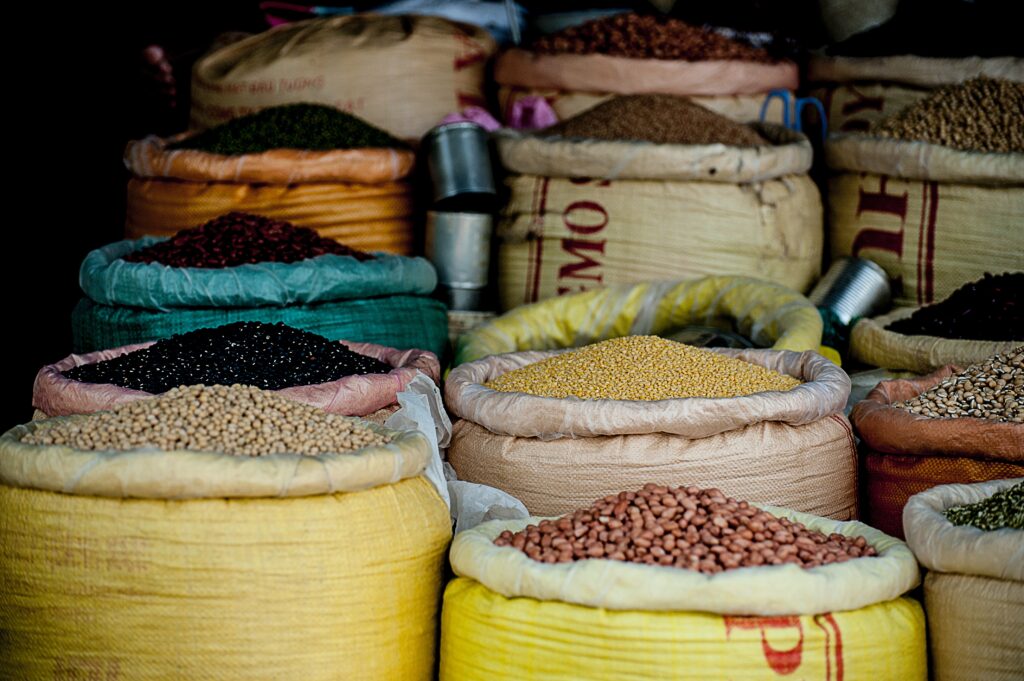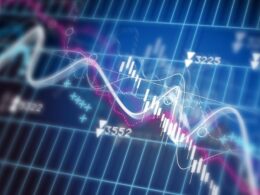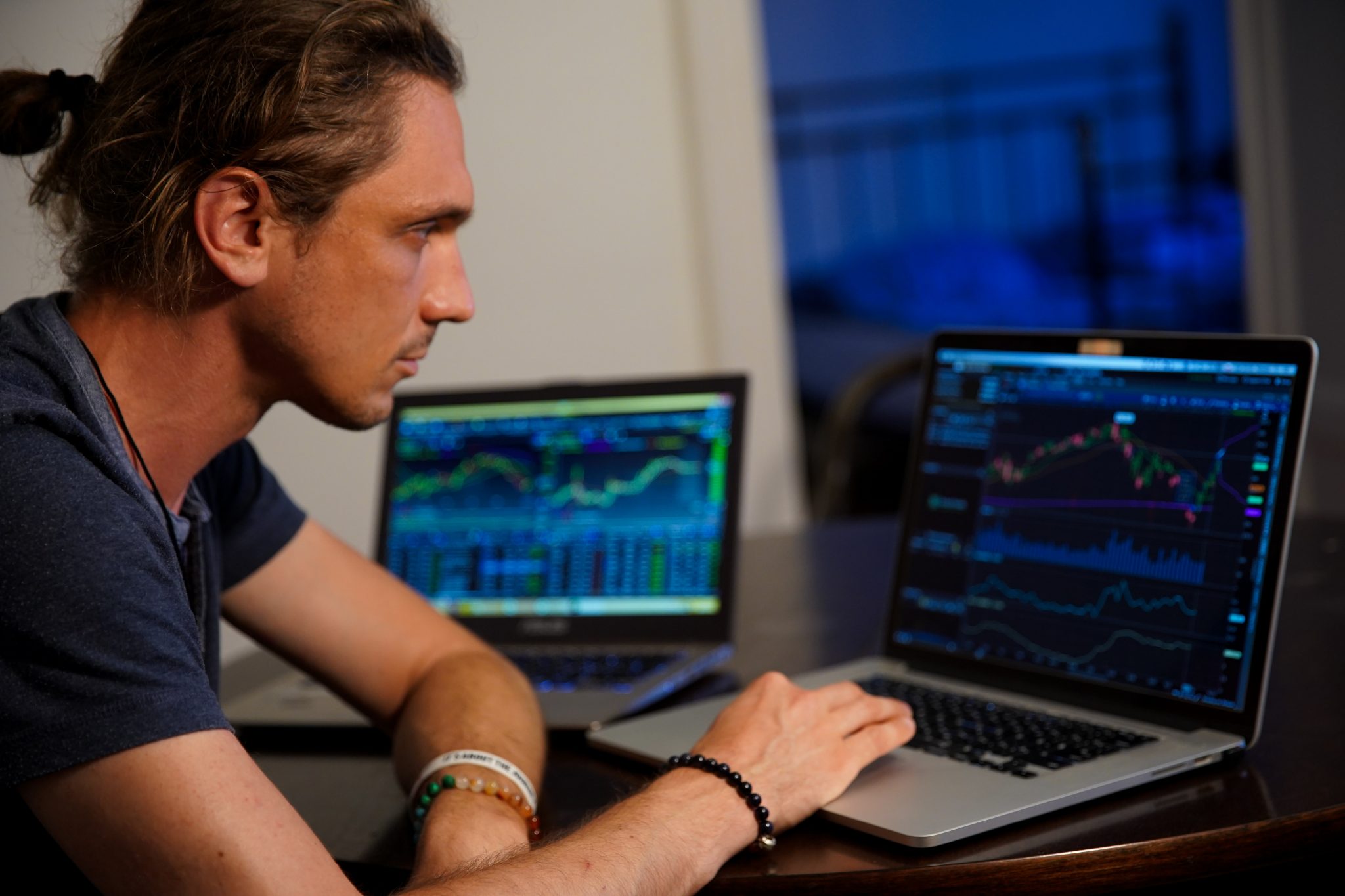Do you understand derivatives? Futures, forwards, options, swaps and other derivatives are common trading tools.
Derivative instruments are generally portrayed as one of these elusive concepts only accessible for industry insiders. This article gives a brief overview of the most common derivatives concepts you need to understand.
Derivatives
A derivative is a financial instrument which price is determined by the price of an underlying asset. This means that the price of a derivative product is derived from a specified asset or assets. Hence their name.
Derivatives are common financial instruments widely used as hedge (market protection) or to take a speculative positions.
The underlying asset (aka as underlying) is an asset that trades in a market in which a price is agreed between buyers and sellers. Market price for an immediate transaction is called cash price or spot price.
RELATED: How To Land A Job In Commodity Trading
The most common forms of derivatives can be categorized as forwards, futures, options, or swaps. We’ll look at the basics of each of them in the next points.
Long and Short Positions
Maybe the most important to single concepts to remember here if you want to understand derivatives well is the difference between being or going “long” and “short“.
In industry jargon, at the time of a transaction, the buying party (buyer) “goes long”, and the party that sells “goes short” or “shorts” the product contract and quantity.
Generally speaking, going long means buying and going short means selling.
Long and short are very important concepts in the markets and are used in both single transaction and overall position.
For example, “I am short the SP500″ means that you will make money if the index drops, whereas I shorted the “SP500” reflects that you sold short the index (a short selling transaction, not necessarily your position is short).
The takeaway is: short means or refers to selling and long means or refers to a buying position.

Forwards Contracts
A forward contract is an agreement between two parties (seller and buyer) in which the seller sells (and buyer buys) an asset at an agreed date at an agreed price – which has been agreed at the start of the contract.
Forwards are customizable derivative instruments used by parties to buy/sell an underlying asset or other derivative at a future date, at a price agreed today
Common examples of forward contracts include transactions that agree to buy/sell commodities or foreign currencies in which the price of the commodity or the forex rate is fixed at the time of the transaction, even though the delivery takes place at a later date.
One of the main characteristics of forwards is that the terms of the contract are customizable. This means that both parties can tailor-make their agreements to fit their needs and requirements.
Forwards are widely used in the financial world in private markets consisting of banks, investment banking firms, corporations, and even governments.
Forward markets are private and mostly unregulated markets, which make them less visible and transparent transactions than, say, futures.

Futures Contracts
A futures contract is very similar to a forwards contract above, in that futures are also contracts where the price is determined at the start, and the parties trade an underlying asset.
Futures are standarized derivative instruments used by parties to buy/sell an underlying asset or other derivative at a future date, at a price agreed today, publicly traded at a future exchange.
As opposed to forwards, futures are publicly traded standardized transactions that only take place on designated futures exchanges. Standardized terms refers to how the certain terms of the contract are not open to negotiation. Futures can only be negotiated in terms of price, and quantity.
The second important distinction between futures and forwards, is that while the construction of forward contracts imply a certain degree of counter-party default risk, future contracts are guaranteed by their issuing exchange.
In other words, the private nature of forward contracts implies counter-party default risk, while futures are secured by exchanges, which shall honor the agreements in case of the default of one of the parties.
RELATED: Trading Futures: The 3 Key Points
Swaps & OTC
Swaps are a variation of future contracts, in that they are essentially a series of forward contracts.
Swaps are agreements between two parties to exchange a series of cash flows, generally used to transform floating prices into flat prices or vice-versa.
A swap generally consists of two transactions, each of them called “leg”, in which one of them refers to a fixed price, and the other is “floating” price. One common example is to buy/sell a commodity forward at a fixed rate, and then sell/buy back the same commodity forward at a different price, generally floating, or average of the prices over a period of time.
Swaps are sophisticated private transactions (ie OTC, over-the-counter), and thus not as heavily regulated as other financial instruments. For this reason, only large and trustworthy institutions engage in such deals. Swaps are in this sense extremely popular derivatives, and their aggregate global exposure is enormous due to massive interest rate and exchange rate swaps, as well as commodities and others.
Options
Options are similar to futures and forwards in that they are contracts that offer the opportunity to buy or sell an underlying asset with a specific expiry date. They are a highly flexible and customizable instrument traded both OTC (ie over-the-counter) or in public exchanges.
An option is a type of derivative that gives the holder the right but not the obligation to sell/buy an underlying asset at a certain price.
The main distinctive feature of options is that options give you the right and not obligation to do buy/sell at certain price. There are two main types of options: a) calls, and b) puts.
A call is an option that grants the holder the right to buy the underlying asset at a certain price in line with the terms of the contract. A put is an option that grants the holder the right to sell the underlying asset at a certain price in line with the terms of the contract.
Options also involve the cash payments up front. Thus, the buyer pays the seller an amount equal to the option price (aka option premium or premium) to obtain the right to buy/sell.
Options are a relatively sophisticated derivative instrument, which CTG will treat in further detail in future posts covering the basic characteristics of options, types of options, moneyness of an option, and the “greeks”.
Contango & Backwardation (aka Carry, & Inverse)
Commodity markets differ from other financial markets in that they price physical raw materials. This means that commodity markets take into account supply chain, storage and financing, as well as geopolitical instability in a very different way.
In markets in contango, spot price is lower than future price, and in markets in backwardation spot price is higher than future price.
The price of a commodity for immediate delivery is called spot price, while the price for future deliveries can take the form or the markets for commodity futures or forwards.
Contango and backwardation (aka as carry and inverse, respectively) refer to the market price structure of the price now versus price in the future.
Thus, a market in contango (aka carry) is a market where the spot price (immediate delivery) is lower than the price for future deliveries.
Conversely, a market in backwardation (aka inverse) is a market where the spot price (immediate delivery) is higher than the price for future deliveries.
If you want to understand derivatives instruments in commodity markets, make sure the distinction contango/backwardation is clear.

Commodity Prices
Commodity prices respond rapidly to new supply and demand conditions, as well as to geopolitical events, and weather conditions.
Generally speaking, demand-side factors yield more dramatic price movements, because supply tends to be harder to adapt to demand than the other way around.
Examples that lead to price spikes include supply chain disruptions or extreme weather conditions that damage crops.
It is important to understand derivatives, as the physical and paper (derivative) prices will (might) be different.
Spot price vs future prices
Like other markets, commodity markets are priced as “spot” (aka outright) which means for immediate purchase, or for future delivery. The relation between the spot price and the future price depends on a number of supply and demand factors and might change over time. This is an important point to keep in mind if you want to understand derivatives well.
Prices for commodities reflect additional charges for storage and financing. In this sense, in a contango market structure, the maximum price differential between monthly prices should be equivalent to the “full carry”, which means the price of storing and financing a commodity over that period of time.
Rolling Costs
Rolling costs refer to the costs associated to changing the month of reference for a financial derivative. For example, when one party holds a futures contract for a December delivery, and wants to change its reference month.
This can be achieved selling (or buying back) the futures for the contract month, and buying (or selling) again for the new reference month. These costs are called Rolling Costs or Rollover Costs.
Note that in addition to the market spread (ie the price difference between buying and selling price at any time), the rollover costs need to take into account the price differential between different contract months (cf markets in contango and markets in backwardation).
Closing Remarks to Understand Derivatives Trading
It is important to understand derivatives, since these instruments are widely in the international trading and banking industry by a number of parties, including banks, governments, trading houses, and investment banking firms.
This article gives a schematic overview of the main types of tools. Future articles will expand individual concepts, especially in the fields of futures and options.
As a trader or someone involved in markets, you’ll have to understand derivatives well to find out what risk strategy works best for you at any point in time.
What derivatives do you want to trade?








